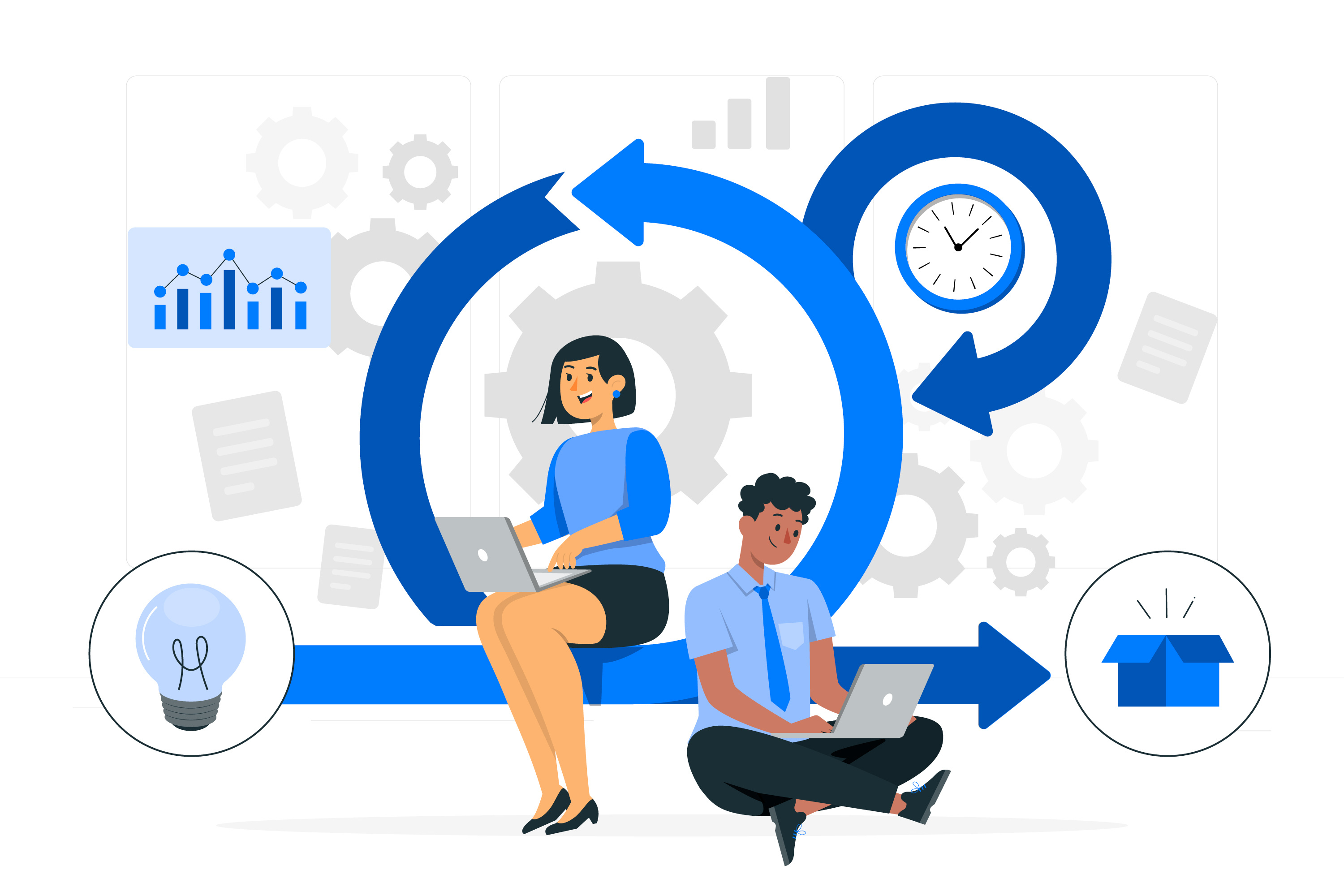In today's dynamic workplace, traditional employee feedback systems often fall short, leaving a disconnect between performance reviews and actionable development. Integrating microlearning into these systems offers a solution, transforming feedback into practical skill enhancement.
The Limitations of Traditional Employee Feedback Systems
Traditional feedback mechanisms, such as annual performance reviews, frequently fail to provide timely and constructive insights. Employees may receive feedback long after the events in question, diminishing its relevance and impact. Additionally, these reviews can become entangled in office politics, leading to biased evaluations that do not accurately reflect an employee's performance. Find out why bite sized learning is ideal for regulatory updates.
Microlearning: A Catalyst for Continuous Improvement
Microlearning Bridges Employee Feedback Gaps
Microlearning delivers content in concise, focused segments, typically ranging from a few minutes to 15-20 minutes. This approach allows employees to access short, targeted lessons whenever they have a few spare minutes, fitting learning into their busy schedules without the need for lengthy training sessions.
By integrating microlearning into feedback systems, organisations can close the gap between receiving feedback and taking action. Employees can immediately engage with relevant training modules, transforming evaluations into practical skill development and boosting employee productivity.
Enhancing Feedback Systems with Microlearning
By integrating microlearning into feedback systems, organisations can transform evaluations into actionable development plans. For instance, after a feedback session, employees can engage in specific microlearning modules tailored to their identified areas for improvement. This immediate application of feedback fosters continuous learning and skill development can be an effective practice for HR and L&D teams as well.
Benefits of Integrating Microlearning into Feedback Systems
- Timely Application: Microlearning enables employees to address feedback promptly, leading to immediate improvements.
- Personalized Development: Tailored microlearning modules align with individual feedback, ensuring relevant and effective learning experiences.
- Enhanced Engagement: The interactive and concise nature of microlearning keeps employees motivated and more likely to complete their training.
Common Challenges in Integrating Microlearning with Feedback
While microlearning offers significant benefits for feedback systems, organisations may encounter several challenges during implementation.
Resistance to Change
Employees and managers accustomed to traditional feedback cycles may initially resist new approaches. Some may view additional learning modules as extra work rather than development opportunities. Others may be skeptical about the effectiveness of shorter learning formats compared to traditional training sessions they're familiar with. Clear communication about the benefits and time-saving nature of microlearning can help address these concerns. Demonstrating how bite-sized modules fit into existing workflows rather than disrupting them is essential for gaining acceptance.
Content Creation and Curation
Developing quality microlearning content that aligns with specific feedback needs requires time and resources. Organisations must ensure content is relevant, engaging, and directly applicable to employees' roles and development areas. Many organisations start by identifying existing training materials that can be adapted into microlearning format. This approach reduces initial development time while ensuring content relevance. Partnering with platforms that offer pre-built content libraries can also accelerate implementation.
Technology Adoption
Introducing new learning platforms or systems may present technical challenges. Employees need to become comfortable with accessing and navigating microlearning modules, while administrators must manage content delivery and track completion. Selecting user-friendly platforms with intuitive interfaces helps minimize adoption barriers. Providing brief orientation sessions and ongoing technical support ensures employees can focus on learning rather than struggling with technology.
Maintaining Consistency
Ensuring that microlearning modules consistently align with feedback conversations across different managers and departments can be challenging. Without proper coordination, employees may receive fragmented or misaligned learning experiences.Establishing clear guidelines for linking feedback to specific learning modules helps maintain consistency. Regular review of content usage patterns can identify gaps and ensure all employees have access to relevant development resources.
Implementing Microlearning in Your Organisation
To effectively incorporate microlearning into your feedback system:
- Identify Skill Gaps: Use feedback to pinpoint areas where employees need development.
- Develop Targeted Content: Create microlearning modules that address these specific areas, ensuring content is concise and engaging.
- Integrate with Feedback: Align microlearning modules with feedback sessions, allowing employees to immediately apply what they've learned.
- Monitor Progress: Use data and feedback to monitor progress and make necessary adjustments.
Integrating microlearning into employee feedback systems bridges the gap between evaluations and actionable development. This approach fosters a culture of continuous learning, leading to improved performance and engagement.
Frequently Asked Questions
How does microlearning improve feedback systems?
Microlearning transforms feedback into immediate action by delivering targeted training modules shortly after performance reviews. This closes the feedback-to-action gap where traditional feedback often goes unaddressed. Employees can immediately apply new skills instead of waiting for formal training sessions.
What's wrong with traditional performance reviews?
Traditional reviews often suffer from timing issues, with feedback given long after events occur. This delay diminishes relevance and impact. Additionally, these reviews can become entangled in office politics, leading to biased evaluations that don't accurately reflect performance or provide actionable development guidance.
How to implement continuous feedback?
Implement continuous feedback through regular check-ins, real-time recognition, microlearning triggered by feedback for immediate skill development, and ongoing development conversations. Technology enables automation and makes continuous feedback scalable across organisations.
What is the feedback-to-action gap?
The feedback-to-action gap is the period between receiving performance feedback and taking developmental action. Traditional systems often have significant delays between feedback and available training. Microlearning reduces this gap by providing immediate access to relevant learning modules, enabling faster skill application.
Ready to transform your feedback system with microlearning?
Explore how 5mins.ai can help you implement effective microlearning strategies tailored to your organisation's needs. Get a free trial with us by clicking on the button below.
.png)



